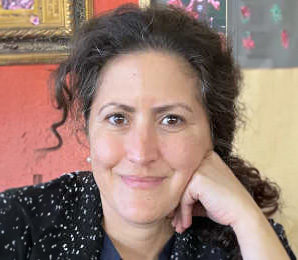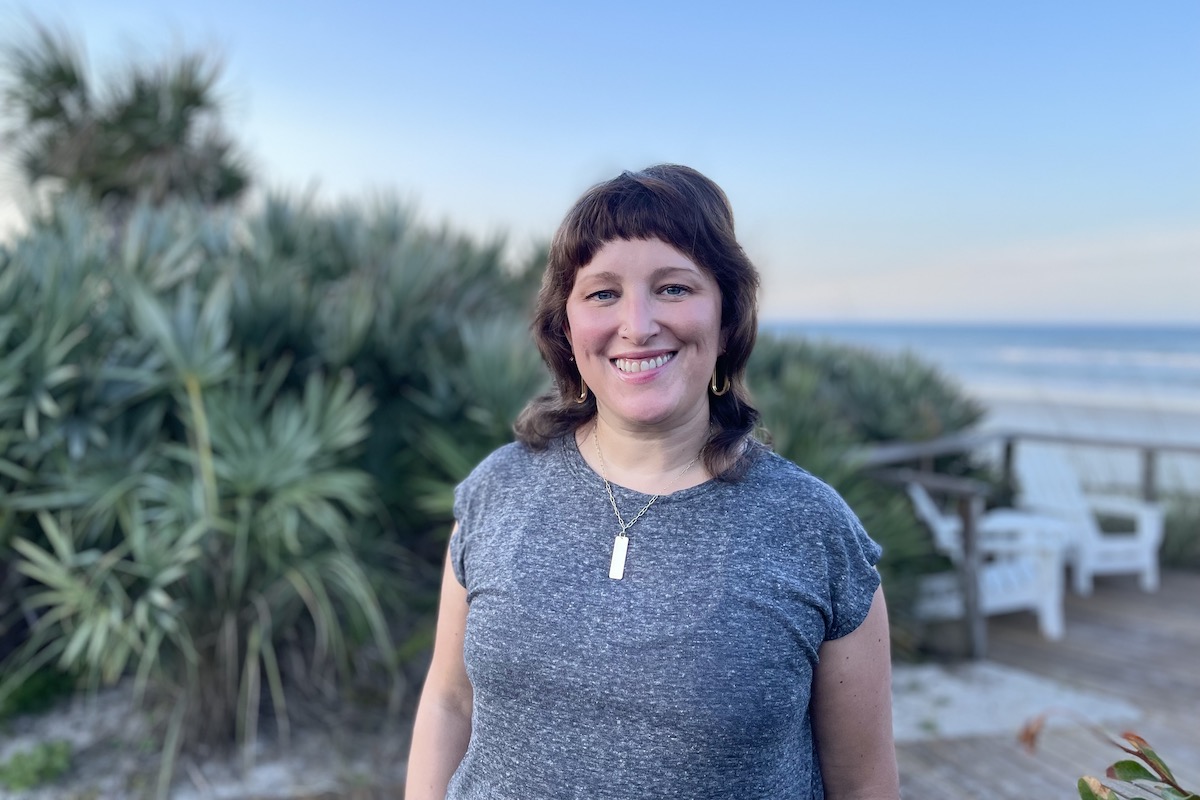Since the Supreme Court overturned Roe v. Wade in 2022, conservative political activists have been targeting access to medication-induced abortions. Amanda Becker, the Washington correspondent for The 19th, “an independent, nonprofit newsroom reporting on gender, politics and policy” is among the journalists who have written about those efforts.
In a recent story, “Dark money is flowing to groups trying to limit medication abortion. Leonard Leo is again at the center Becker reported on the money trail linked to groups challenging the use of mifepristone, a drug used in combination with misoprostol to end pregnancy.
In her reporting, Becker learned that conservative legal activist Leonard A. Leo is a key figure in efforts to ban the use of mifepristone to terminate pregnancy. Critically, documents she reviewed show that Leo is linked to a variety of entities that don’t have to disclose much information about the source of their funding.
According to a New York Times article about Leo’s influence, the lawyer “has been instrumental in conservatives’ yearslong effort to push the federal judiciary to the right, both through his direct guidance to Republican leaders and by financing conservative causes.”
In this “How I did it,” Becker discusses her reporting strategy for her “Dark money” story and offers resources to help other journalists covering similar topics.
Questions and responses have been edited for clarity and brevity.
This story is about the money behind efforts to limit or outright ban access to abortion. Why did you think it was important to tell that story?
I cover politics and abortion access is expected to again play a hugely motivating role when voters head to the ballot boxes this year. But nothing happens in a vacuum — I think it’s important to understand who the architects are within a political movement, who is funding their work and what their motivations are. It is only when you delve into these details that power structures and contradictions reveal themselves.
An example within the anti-abortion space would be that there’s a school of thought among many leaders of major “mainstream” anti-abortion groups that now is a time to win over the “hearts and minds” of voters who have indicated, by and large, they don’t want additional abortion restrictions. Spending millions of dollars on an effort to undo FDA approval of mifepristone is circumventing that step of convincing the electorate.
What made you decide to look for the sources of funding for the legal challenges to abortion access and other efforts to limit or ban the procedure?
To turn to a cliché, I think it’s always important to “follow the money,” as they say in the Watergate film “All the President’s Men.” Billions of dollars are spent shaping U.S. politics and some of that money has been used to ensure that following the money is difficult — but that makes it even more important.
When Accountable.US came to me with some key tax filings, it was a no-brainer in terms of whether this story would be of interest to The 19th’s audience, which centers on women and LGBTQ+ people, given that Leonard Leo’s network is working to both restrict abortion and curtail LGBTQ+ rights.
How did you approach your reporting?
The reporting for this story was almost exclusively document-based. While I made sure to reach out to as many of the entities mentioned as I could, their willingness to engage was not a prerequisite for publication.
I got my start in D.C. journalism at Roll Call on a team that covered influence in Washington and my work there likewise relied heavily on documents. I love a good documents story!
What records did you review to tell this story? How did you organize the information you learned?
I mainly relied on tax filings of various 501(c)3 and 501(c)4 organizations, as well as public records such as addresses and news stories.
What did you know about trust law and trust reporting requirements going into the story? How did you learn about those topics so you could provide context to the information from tax filings and other documents?
I have covered political nonprofits and their tax arrangements off and on for a number of years. Each time it requires a refresher but the gist remains the same: it’s hard to track how they receive and spend money. Trusts are a vehicle that by design makes this money more difficult to trace.
There are reporters around the country who may want to start looking at entity records for nonprofits and businesses who support abortion restrictions. Which documents should they look at?
The nonprofit newsroom ProPublica has made many, many nonprofit tax filings available to the public so that is a great place to start. Guidestar is another good source for nonprofit tax filings.
If a reporter in Arkansas, for example, wants to look at the funding sources for nonprofits who support limiting abortion services and medications, what records should they request from the state? From the federal government?
I would start by trying to find an entity’s initial registration with the secretary of state — that will provide key details about an organization’s formation that will be useful in figuring out where to go next. Sometimes figuring out the state in which an entity is registered is actually the first step.
Then, if it’s an entity that has been around for a couple of years, tax filings are the next step, though they are available on a time delay.
Then, I would check the tax filings for disbursements and related organizations. Look at the names of leaders and the board of directors; see if they have compensation coming from a related entity. Look at the names linked to vendors. You can start to piece together networks of influence.
In the story, you let the reader know that “limited disclosure requirements make for an incomplete picture of how all of the overlapping interest groups work together.” Could you share an example?
We know from documents and filings that Marble Freedom Trust transferred money to Schwab Charitable. We know that Schwab Charitable gave money to the Catholic Association Foundation. We know that people associated with Marble Freedom are also associated with the Catholic Association Foundation. But it is impossible to know whether the money Marble Freedom gave to Schwab Charitable is the same money that Schwab Charitable in turn gave to the Catholic Association Foundation.
What are some questions that reporters should ask about the activity requirements for entities who want to qualify as a social welfare organization or 501(c)4?
It’s important to know what social welfare organizations are and aren’t allowed to do while preserving their nonprofit tax status. Politics, for example, cannot be their primary activity or purpose.
What is some information you would’ve wanted to include but couldn’t?
At one point, I had a greater degree of detail in the story about the influence of the Federalist Society and Leonard Leo on the makeup of the federal judiciary, including the Supreme Court, and also the courts in Texas that heard the mifepristone approval challenge. Ultimately, we felt that activity was relatively well known and it therefore made the most sense to keep our focus on funding [of] this specific lawsuit.









